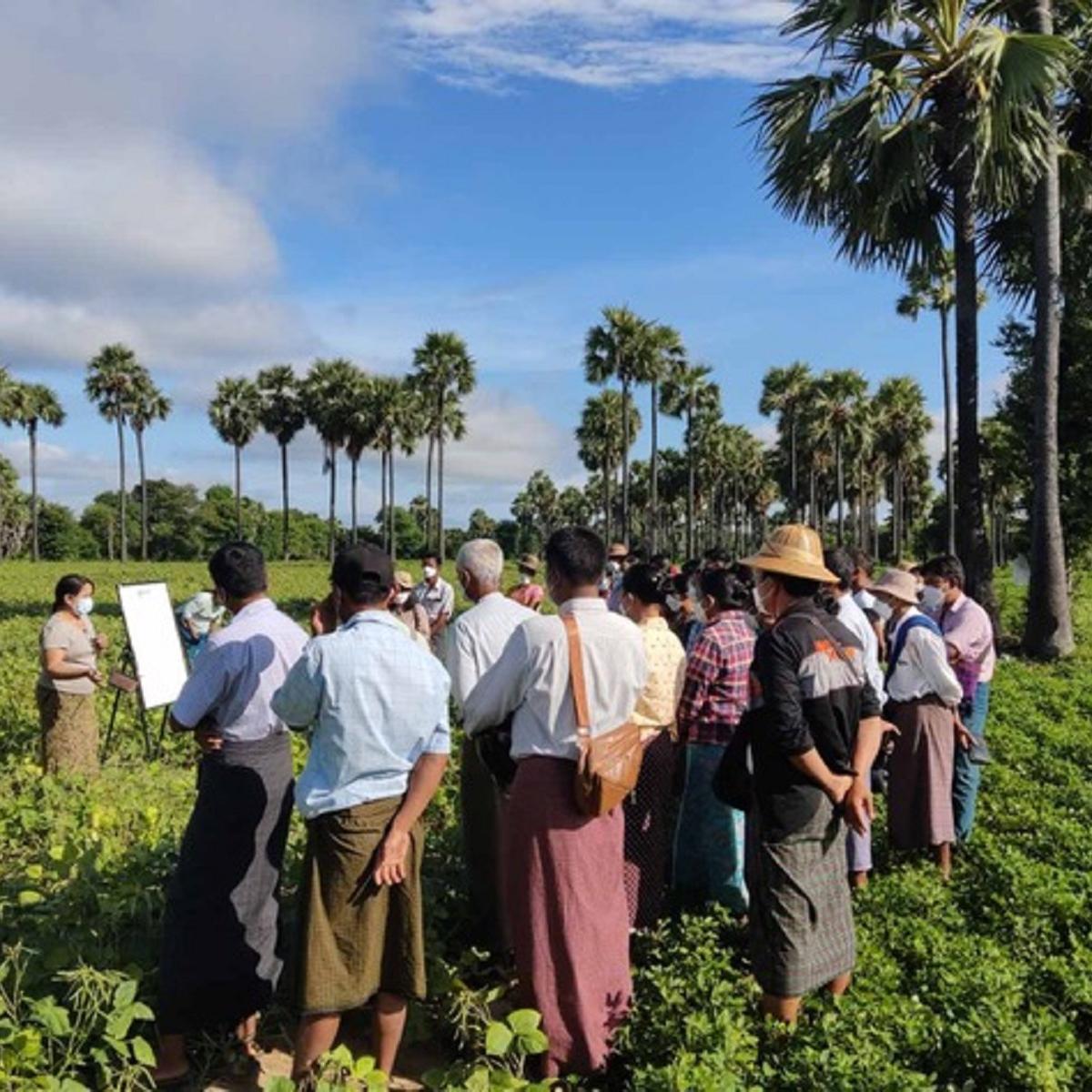Building Blocks
Fostering broad Multi-stakeholder participation
The first Building Block focuses on the inclusion of different actors at multiple levels to better align agendas, and eventually actions, across sectors, jurisdictions and spheres. Broad engagement across multiple areas – from government, producers, civil society, industry and science – is needed to design an agenda for food systems transformation.
Stakeholders can be grouped in several categories under broad headings: public sector, private sector, civil society and international community. Carrying out due diligence to ensure that the relevant stakeholders are included is most relevant at the inception phase. The identification and inclusion process is nonetheless ongoing during dialogues, and stakeholders may enter and exit at different stages. The process can be made more systematic by applying a stakeholder mapping and analysis.

Ensuring a good understanding of the food system
Once a quorum of relevant stakeholders has been established, the second Building Block will need to ensure that a systems approach is taken to identify the opportunities and challenges facing the food system. This process also requires a neutral space for evidence-based policy, technical and process discussions. This requires a comprehensive examination of the food system, informed by cross-fertilized data, qualitative evidence, and indigenous and local knowledge. An appraisal of existing food systems policy frameworks and governing institutions is also important.
Building Block 2 builds on insights from stakeholder mapping under Building Block 1. Timely sharing of relevant and easily understood data, evidence and findings are also critical for informing deliberations, as discussed under Building Blocks 3 and 4.

Nurturing inclusive and effective collaboration
The third Building Block discusses a well-functioning governance system for the initiative, with appropriate decision-making processes that are shared among different stakeholders and multiple levels. Governance arrangements can take a multitude of forms, depending on power structures, systems’ entry points, the institutions involved, resources, and capacities. Governance mechanisms based on respectful relationships, trust in the collaborative process, inclusiveness, and the capacities of stakeholders to represent their constituents are also discussed. Good governance practices will enhance a sense of ownership, contribute new knowledge, and lead to new partnerships.

Defining a compass and a roadmap
Multi-stakeholder collaboration dialogues require well-defined objectives so that the process of engagement is organized and transparent, and investments and resources for solutions can be mobilized. Key conditions for success are clear definitions of the roles of all stakeholders and of the sharing of resources, responsibilities, risks, and benefits. The fourth Building Block examines concrete ways to help stakeholders agree on a shared vision and, from that, develop realistic action plans with a clear strategic view behind them, and a participatory monitoring, evaluation, and learning system to track the initiative’s success and eventually make adjustments.

Securing sustainability of collaboration
To guide a multi-stakeholder initiative beyond short-term financing and project-bound objectives and towards its contribution to food systems transformation, the fifth Building Block underscores the need for institutionalization and long-term funding. This calls for accountability of stakeholders’ actions on follow-up as well as financing.
